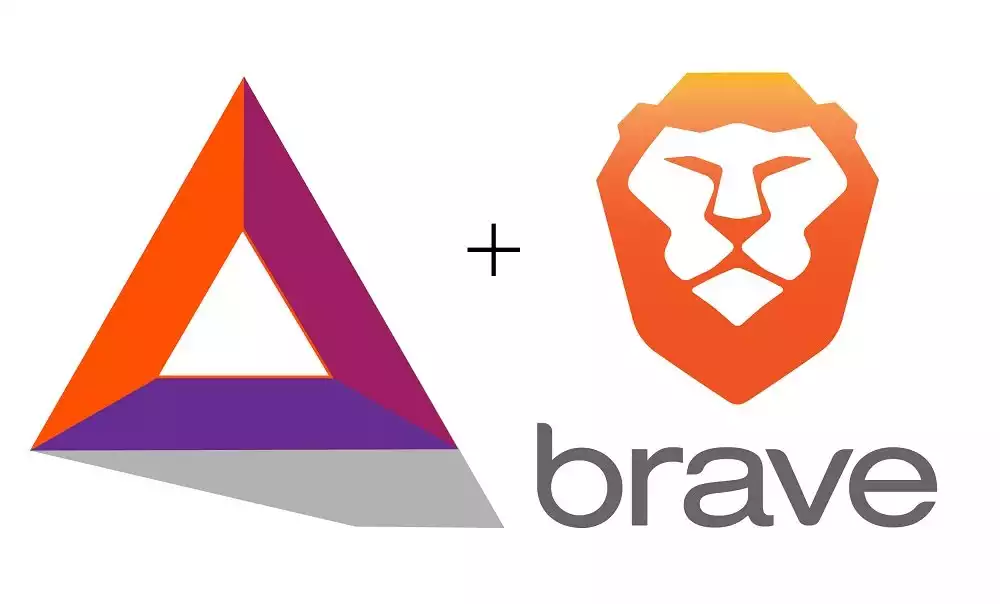Bitcoin and The Iran Conflict
News
|
Posted 18/02/2020
|
13978
At the start of the year, suddenly the price of Bitcoin leapt. And then again. The reason for the first leap was the targeted killing of Iranian General Qasem Soleimani on January 3, 2020, by the US. The Bitcoin price then took its second leap due to the Iranian counterattack against Western military bases in Iraq. Twice the world held its breath. Twice Bitcoin shot up together with gold. And twice it all looked like a new safe haven was born. But is Bitcoin really the new digital gold?
The correlation between the two assets has rarely been as high as it was in early 2020, and some analysts see a clear connection between the shiny precious metal and the digital coin. Others urge patience. One event does not make a safe haven. But the growing tension between Washington and Tehran is a Bitcoin story – in more ways than one. It was not the first time that the cryptocurrency has reacted sensitively to a political event - and it will not be the last. Comparison with gold is also understandable: For in the daily practice of Iranians (or Venezuelans before them), the two assets play a very similar role. And Bitcoin has not only just arrived with the current worsening of the situation in Iran. Cryptocurrencies have long been part of everyday life there.
Here is what Brian O'Hagan had to say about his experiences in Iran in 2018:
"People who own savings in rials see their purchasing power diminish every day. They are looking for ways to protect their wealth and find a refuge for what little cash they have. They are looking for stores of value to survive the economic collapse: dollars (but they can’t find any in Iran) or gold. People in Iran are increasingly turning to cryptocurrencies to protect themselves from an economic collapse and to evade the financial repression. And the government is noticing."

The US sanctions have been making it difficult for Iranian companies and private individuals to trade with foreign countries for years. Besides, there is high inflation in the country, which has a negative impact on the purchasing power of Iranians. Perfect conditions for the adoption of Bitcoin, as we have also seen in Venezuela. Another parallel: thanks to extremely low energy costs, mining in these countries is much cheaper than elsewhere.
As far as the official side is concerned, Iran is very ambivalent. That's understandable. On the one hand, Bitcoin can help circumvent US sanctions. On the other hand, it also provides the population with a way to get money out of the country. This then leads to excesses such as a significantly inflated Bitcoin price within Iran. In September 2018, there were reports of an Iranian Bitcoin exchange rate of almost 26,000 dollars.
We continue to see more and more situations where Bitcoin is integrating itself into everyday life – especially in lesser developed countries or countries experiencing high inflation. The increase in demand for the digital currency, alongside an emerging trend as a safe haven/uncorrelated asset, all puts Bitcoin in a healthy position currently. The market is different to where it was at the end of 2017 and is maturing at a more sustainable rate. We’re certainly in a bull market so far this year, the last few days pullback is just a phase within that bull market. Hopefully more gains to come very shortly.